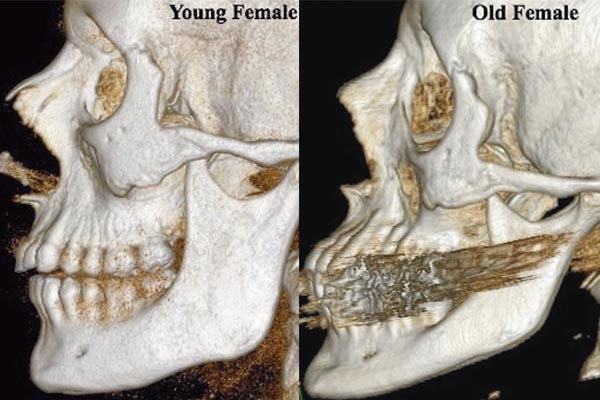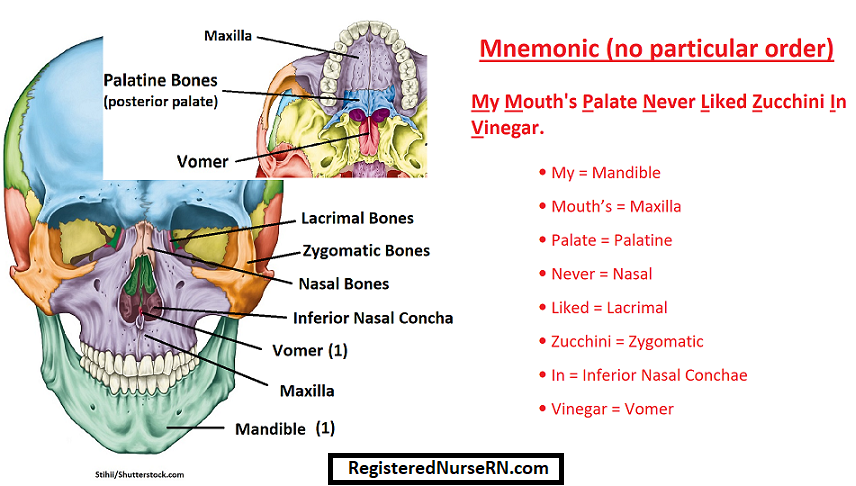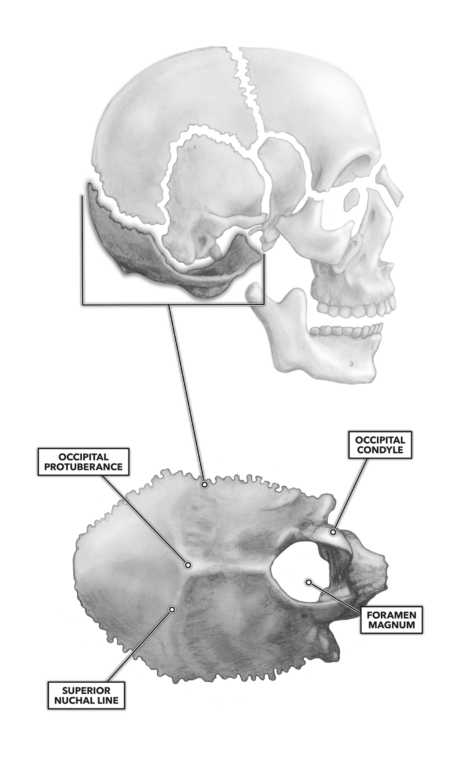How Many Bones In The Face And Head : How Many Bones Are Present In The Human Skull How Many Bones Are Facial And Cranium Quora : The 22 bones of the skull can be divided in to two main categories:
How Many Bones In The Face And Head : How Many Bones Are Present In The Human Skull How Many Bones Are Facial And Cranium Quora : The 22 bones of the skull can be divided in to two main categories:. There are 29 bones in the human head. They are a type of fibrous joint, which are immovable. The head rests on the top part of the vertebral column, with the skull joining at c1 (the first cervical vertebra known as the atlas).the skeletal section of the head and neck forms the top part of the axial skeleton and is made up of the skull, hyoid bone, auditory ossicles, and cervical spine. To create an awareness of the complexity of the human body. The cranium is formed by 8 bones:
The superficial nerves of the face and scalp are derived from three sources located in the head and neck:. The head rests on the top part of the vertebral column, with the skull joining at c1 (the first cervical vertebra known as the atlas).the skeletal section of the head and neck forms the top part of the axial skeleton and is made up of the skull, hyoid bone, auditory ossicles, and cervical spine. There are four pairs of sinuses, named for the bones that they're located in: The 8 cranial bones are the frontal, 2 parietal, occipital, 2 temporal, sphenoid, and ethmoid bones. To create an awareness of the complexity of the human body.

Within this capacity, there are twenty eight individual bones.
There are 29 bones in the human head. Typically, the human body is made of 206 bones, all of which are of different shapes and sizes. Small screws and plates made of titanium or a fixation device made of absorbable material may be used to hold the bones in place. We also cover the ear bones and the hyoid bone.transcript/notesskull bonesy. Take up the quiz below and see how much you understood the topic on bones and muscles of the face. To learn the most important bones and muscles of the head and face. Name four bones in the human skull, how many there are of that type of bone, and where the bone sits on your head/face (ex. The frontal bone, parietal bone, occipital bone, temporal bone, sphenoid bone, and ethmoid bones contribute together to form a total of 8 cranial bones. Human face has fourteen bones including the lacrimal bones, the zygomatic bones, the vomer, the nasal including the hyoid and the bones of the middle ear, the head contains 29 bones. These diverse tasks require both strong, forceful movements and some of the fastest, finest, and most delicate adjustments in the entire human body. The 8 cranial bones are the frontal, 2 parietal, occipital, 2 temporal, sphenoid, and ethmoid bones. Among these, there are about 22 bones, which are found in the skull, while there are 33 spinal bones that bear its own special functions, including the neck of the human body. The bones of the head meet at joint lines called sutures.
The 8 cranial bones are the frontal, 2 parietal, occipital, 2 temporal, sphenoid, and ethmoid bones. Trigeminal nerve (cn v), which provides sensory innervation to the face via its ophthalmic division (cn v1), maxillary division (cn v2) and mandibular division (cn v3) Learning the bones and muscles of the head and face charles t. The bones are listed in table , but note that only six types of cranial bones and eight types of skull: In this video we discuss the locations of the bones of the skull and label them.

To create an awareness of the complexity of the human body.
The nasal bone, there is only one, and it would be where glasses might sit on your face). Expert answer 100% (1 rating) The bones are listed in table , but note that only six types of cranial bones and eight types of skull: Take up the quiz below and see how much you understood the topic on bones and muscles of the face. Among these, there are about 22 bones, which are found in the skull, while there are 33 spinal bones that bear its own special functions, including the neck of the human body. We also cover the ear bones and the hyoid bone.transcript/notesskull bonesy. The bones of the head meet at joint lines called sutures. The face consists of 14 bones including the maxilla (upper jaw) and mandible (lower jaw). To create an awareness of the complexity of the human body. The bones of the head form a protective cavity around the brain. The 8 cranial bones are the frontal, 2 parietal, occipital, 2 temporal, sphenoid, and ethmoid bones. Let us have a look at the 20 different muscles of our. The superficial nerves of the face and scalp are derived from three sources located in the head and neck:.
In this video we discuss the locations of the bones of the skull and label them. All of these muscles have different functions in the face. The most commonly named are the zygomatic, genu, mandible, and nasal. Take up the quiz below and see how much you understood the topic on bones and muscles of the face. A doctor should assess any swelling in the face.

To learn the most important bones and muscles of the head and face.
The cranium is formed by 8 bones: Do you know about bones in human body, how many bones are there in human body?these are the some interesting questions about bones in our body. The skull or known as the cranium in the medical world is a bone structure of the head.it supports and protects the face and the brain. Small screws and plates made of titanium or a fixation device made of absorbable material may be used to hold the bones in place. The frontal bone, parietal bone, occipital bone, temporal bone, sphenoid bone, and ethmoid bones contribute together to form a total of 8 cranial bones. The muscles of the face overlap and crisscross over each other, creating a mask of muscle over the skull. The bones of the head form a protective cavity around the brain. The 8 cranial bones are the frontal, 2 parietal, occipital, 2 temporal, sphenoid, and ethmoid bones. The head rests on the top part of the vertebral column, with the skull joining at c1 (the first cervical vertebra known as the atlas).the skeletal section of the head and neck forms the top part of the axial skeleton and is made up of the skull, hyoid bone, auditory ossicles, and cervical spine. All of these muscles have different functions in the face. Trigeminal nerve (cn v), which provides sensory innervation to the face via its ophthalmic division (cn v1), maxillary division (cn v2) and mandibular division (cn v3) To create an awareness of the complexity of the human body. These muscles of the face can be grouped in different categories, depending on their position.
Komentar
Posting Komentar